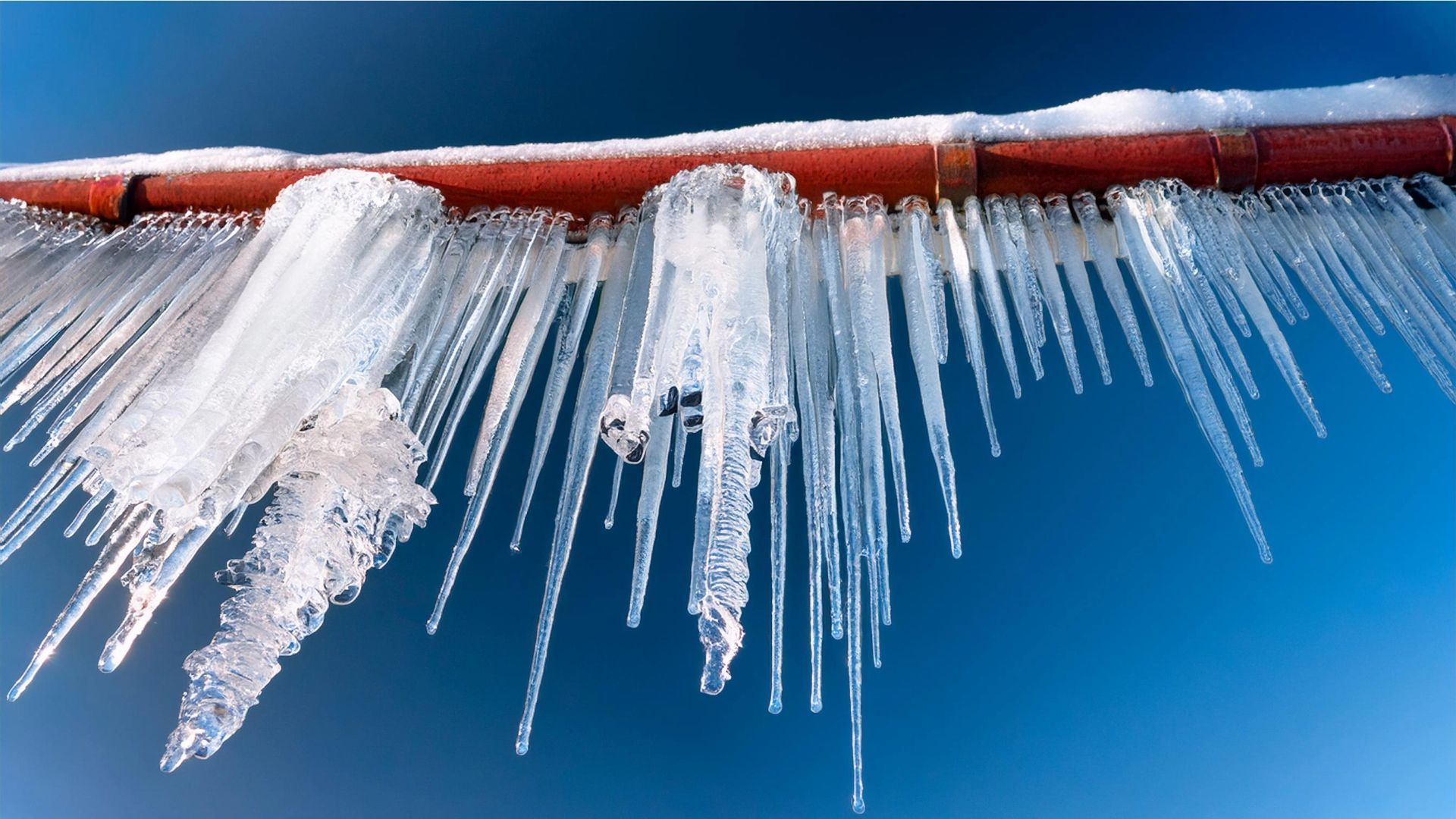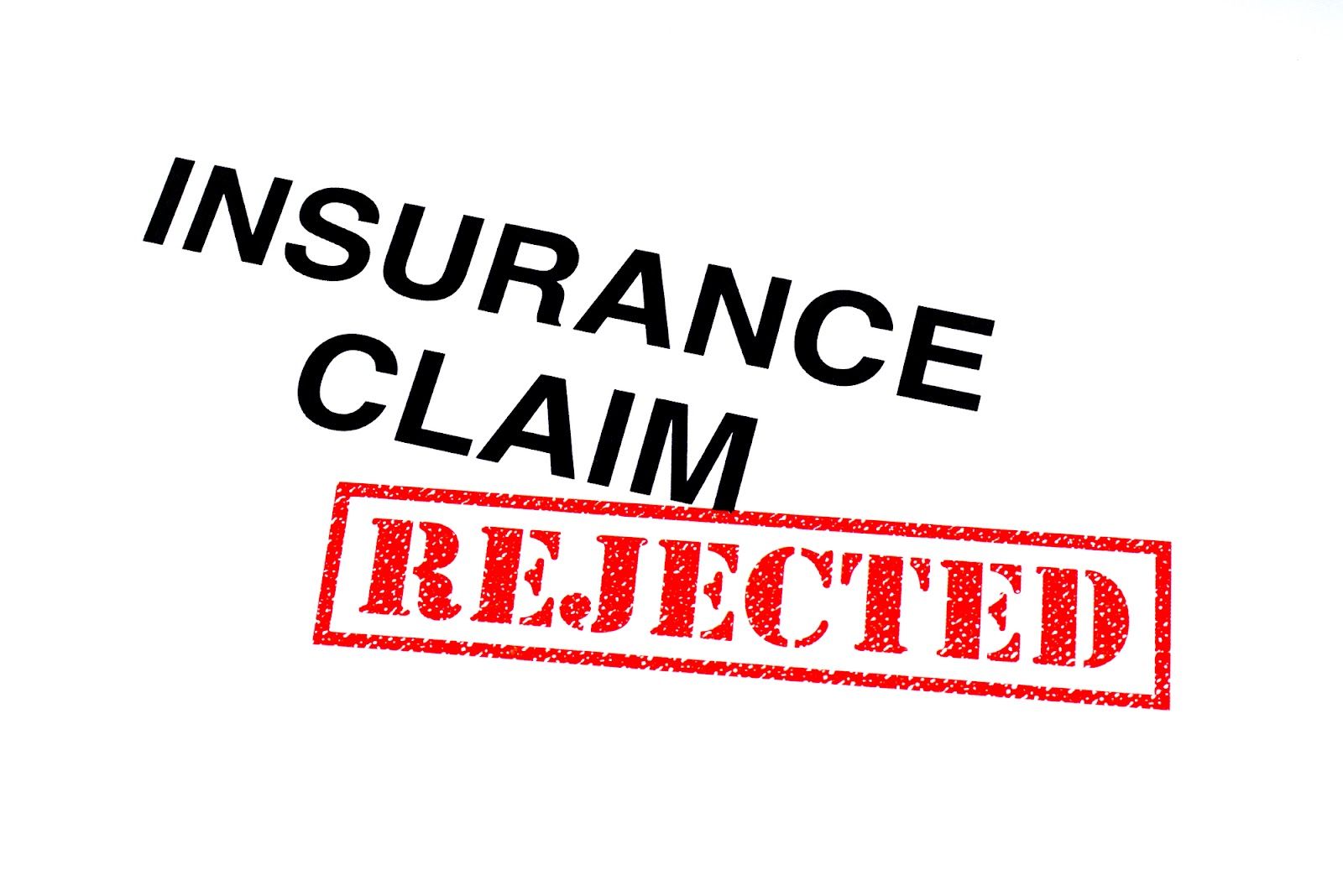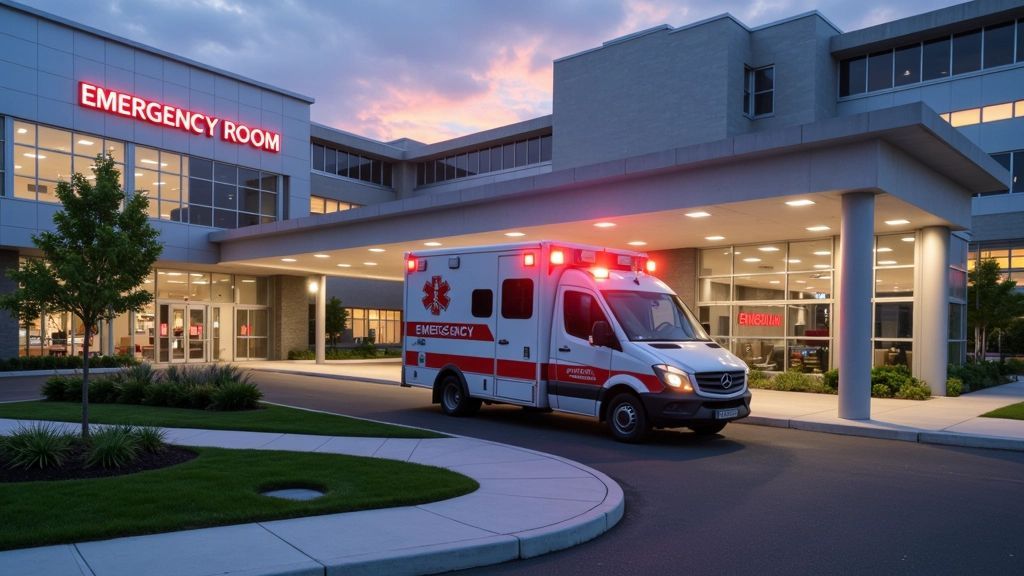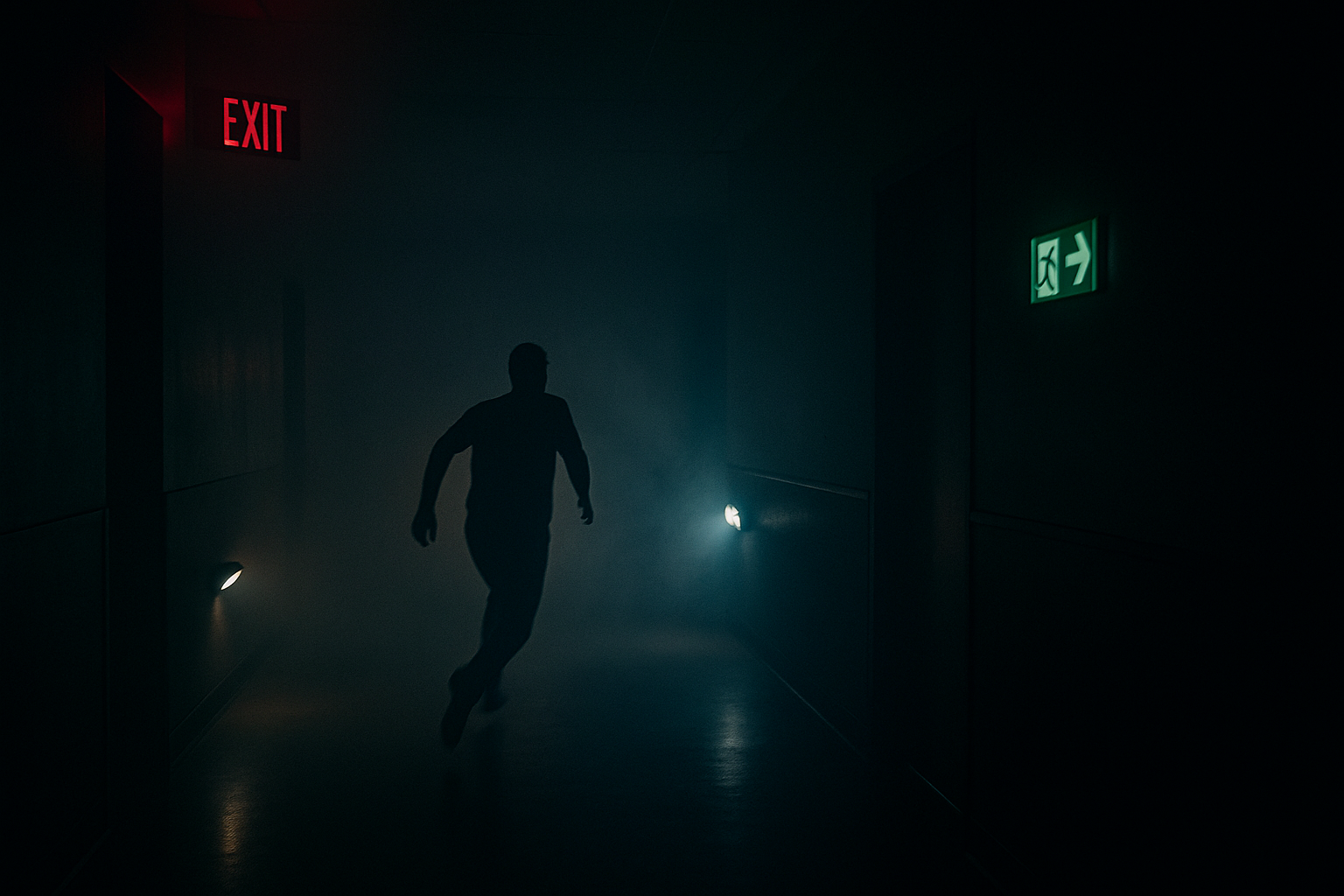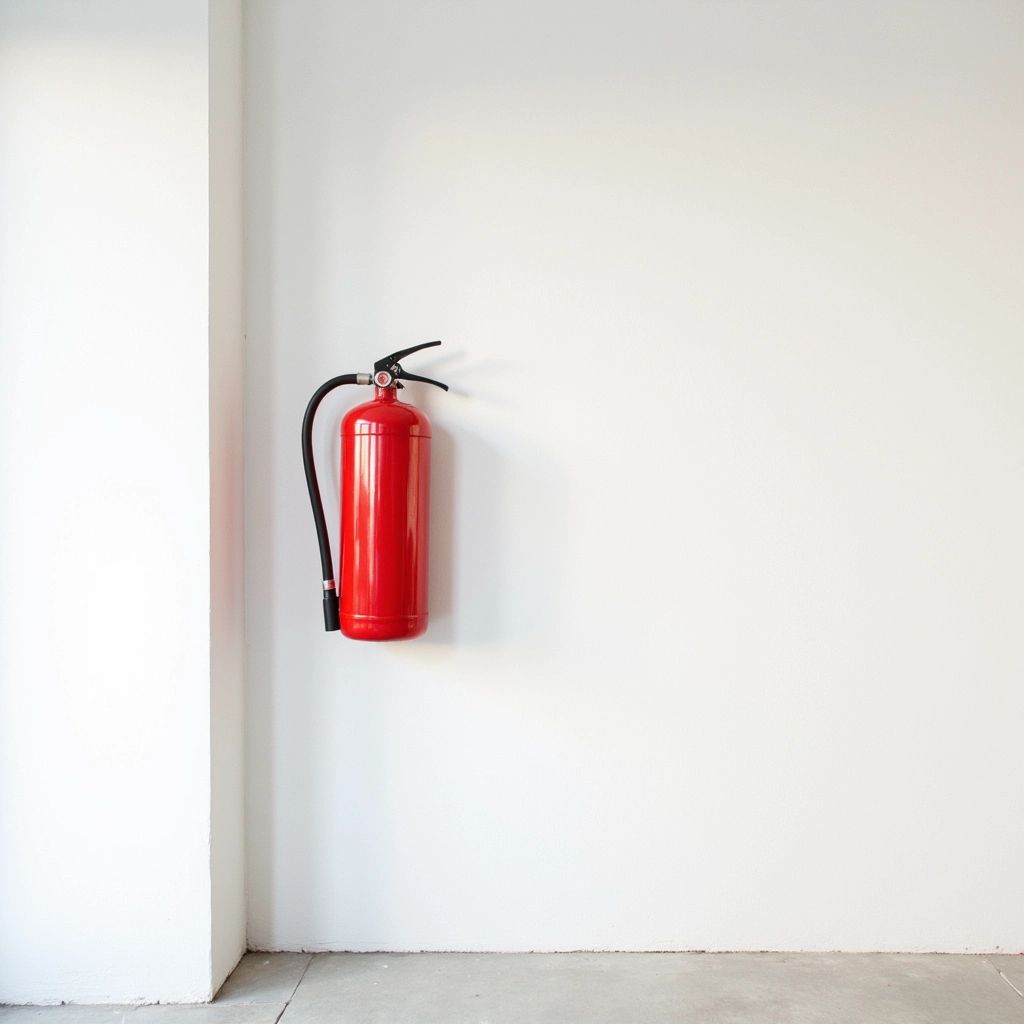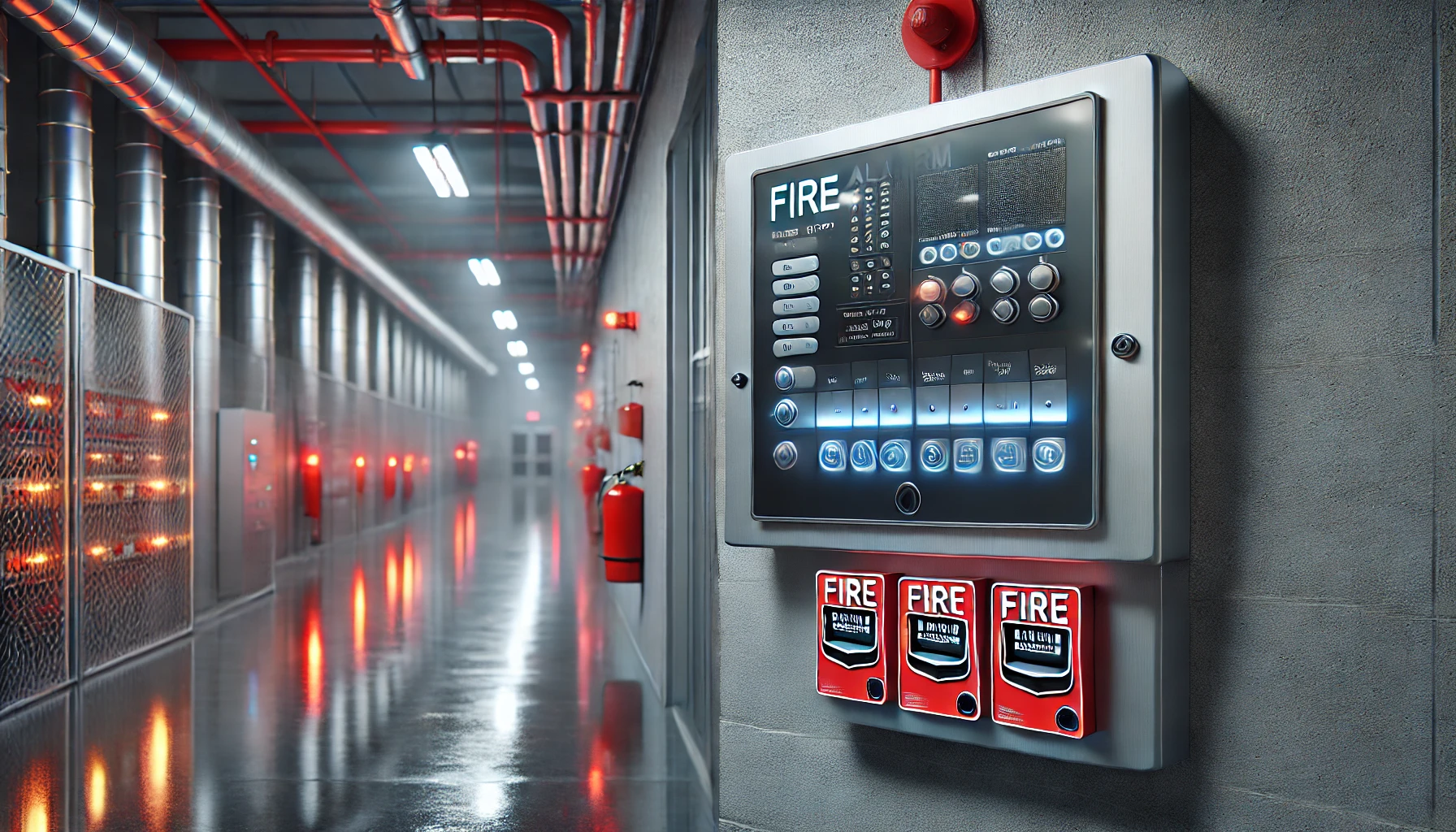Your Building's Safety Net: Meet the Team!
Think of your building’s safety features not as individual gadgets, but as a highly coordinated team working together. Each player has a specific role, but they all rely on each other to protect your property and the people inside from fire, electrical shocks, and other dangers. When this team works seamlessly, it minimizes risks and prevents devastating losses, injuries, and even fatalities.
- The Lookouts (Detection): These are the first responders. Smoke detectors sniff the air for smoke particles, while heat detectors sense unusual temperature spikes. On the electrical side, Arc Fault Circuit Interrupters (AFCIs) listen for dangerous electrical arcs – tiny sparks in wiring that can ignite fires – and shut off power before they do.
- The Announcers (Notification): Once a lookout spots trouble, the announcers spread the word. Fire alarm horns blare, and bright strobe lights flash, ensuring everyone knows there’s an emergency and it’s time to evacuate.
- The First Responders (Suppression): If a fire starts, the suppression team jumps into action. Automatic sprinkler systems douse the flames with water, often extinguishing or controlling the fire before the fire department even arrives. Portable fire extinguishers allow trained occupants to tackle small, manageable fires.
- The Defenders (Containment): Fire doors automatically close, and specially constructed fire-rated walls act like barriers, slowing the spread of fire and smoke from one area to another, buying precious time for evacuation and firefighting.
- The Guardians (Electrical Safety): These components work proactively to prevent electrical hazards from starting fires in the first place. Circuit breakers trip when a circuit is overloaded, preventing wires from overheating. Ground Fault Circuit Interrupters (GFCIs), typically found near water sources like kitchens and bathrooms, detect dangerous electrical imbalances and cut power instantly to prevent shocks.
- The Guides (Egress): When evacuation is necessary, emergency lighting illuminates pathways even if the main power fails, and clearly marked exit signs point the way to safety.
Why the Teamwork Matters:
No single component can do the job alone. A smoke detector is useless if the alarm doesn’t sound. Sprinklers need adequate water pressure and clear pathways. Fire doors only work if they close properly. Electrical safety devices prevent ignition, reducing the chance the other systems will even be needed. It’s the integration of these parts – detection, notification, suppression, containment, prevention, and egress – that creates a robust safety net.
But like any team, this safety system needs regular practice and check-ups to ensure it’s ready when needed. That’s where testing comes in.
Keeping the Team in Top Shape: Why Frequent Testing is Non-Negotiable
So, you have this amazing safety team working 24/7. But how do you know they’re actually ready to perform when the pressure is on? Just like a sports team needs regular practice to stay sharp, your building’s fire and electrical safety systems need frequent testing to ensure they work correctly when it matters most.
Why Can’t We Just Install and Forget?
Imagine never checking the brakes on your car after you buy it. Sounds risky, right? It’s the same with safety systems. Over time, things can go wrong silently:
- Wear and Tear: Components age, wires corrode, batteries die.
- Dust and Debris: Smoke detectors can get clogged, sprinkler heads can get obstructed.
- Accidental Damage: Renovations or even routine maintenance can accidentally damage wiring or components.
- System Changes: Building modifications might affect how systems interact.
Without regular testing, a critical component could fail without anyone knowing – until it’s too late.
Testing: More Than Just Checking Boxes
Frequent testing isn’t just about ticking off a list for compliance (though that’s crucial too!). It’s about verifying that:
- Individual Components Work: Does the smoke detector actually detect smoke? Does the fire alarm make noise? Does the GFCI trip when it should?
- The System Works Together: Does the detector trigger the alarm? Do the fire doors close when the alarm sounds? Does the emergency lighting turn on?
- You Meet Legal Requirements: NFPA standards (like NFPA 25 for sprinklers and NFPA 72 for fire alarms) and California regulations (like Title 19) mandate specific testing frequencies for different systems. Failing to comply can lead to hefty fines, legal liability, and, as we discussed previously, denied insurance claims.
Think of testing as a dress rehearsal for an emergency. It identifies weak links in your safety chain before a real fire or electrical fault occurs, allowing you to fix them proactively.
The Real Cost of Skipping Tests
The cost of regular testing is minimal compared to the potential cost of a system failure: catastrophic property damage, business interruption, serious injuries, or even fatalities. Regular, documented testing provides proof that you’re taking safety seriously, protecting your assets, your occupants, and your business from devastating consequences.
Ensuring this vital testing happens correctly and on schedule requires expertise and diligence. That’s where professional help becomes invaluable.
Your Partner in Safety: How Fire Testing Solutions Keeps Your Systems Ready
Keeping track of different testing schedules, understanding complex NFPA codes and California regulations, and ensuring every component is functioning perfectly can feel overwhelming for busy property managers, compliance managers, and business owners. That’s where Fire Testing Solutions comes in – we act as your dedicated partner, ensuring your building’s safety net is always strong and ready.
Simplifying Compliance, Maximizing Safety
Think of us as the expert coaches for your building’s safety team. We take the complexity out of fire and electrical safety compliance by providing:
- Comprehensive Testing: We perform all the required inspections and tests on your fire alarms, sprinklers, extinguishers, emergency lighting, and other critical systems, following the strict schedules mandated by NFPA and California Title 19.
- Expert Knowledge: Our technicians are highly trained and stay up-to-date on the latest codes and standards. We know exactly what to look for, ensuring potential issues are caught early before they become major problems or compliance violations.
- Detailed Documentation: We provide clear, organized reports after every inspection and test. This documentation is crucial for proving compliance to authorities and insurance companies, giving you peace of mind and protecting you from liability.
- Proactive Problem Solving: If we find an issue during testing, we don’t just report it – we explain the problem in simple terms and can help coordinate the necessary repairs, ensuring your systems are brought back to full working order quickly.
- Streamlined Management: We help you manage your testing schedules and documentation, taking that burden off your shoulders so you can focus on your core business operations.
Why Choose Fire Testing Solutions?
Partnering with Fire Testing Solutions means you’re not just meeting minimum requirements; you’re investing in the highest level of safety for your property and occupants. We provide:
- Reliability: Confidence that your systems will work when needed.
- Compliance: Assurance that you meet all legal and insurance requirements.
- Efficiency: Saving you time and hassle managing complex safety protocols.
- Expertise: Access to dedicated professionals focused solely on fire and life safety.
Don’t leave the readiness of your building’s safety systems to chance. Let Fire Testing Solutions provide the expert testing and documentation needed to minimize risk and ensure everyone stays safe.
Contact Fire Testing Solutions today for a consultation and learn how we can tailor a testing program to meet your specific needs in Southern California.

